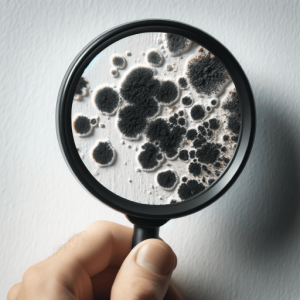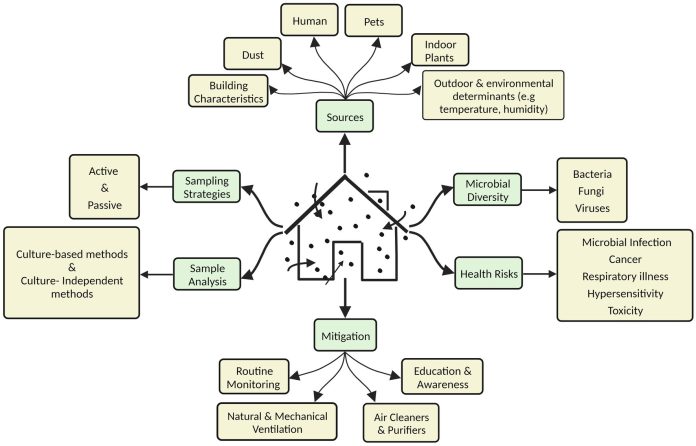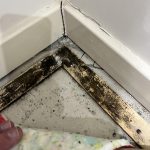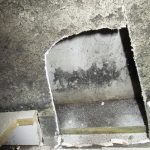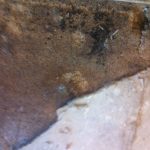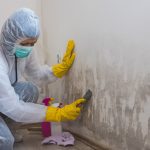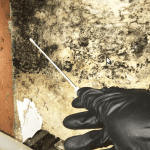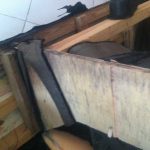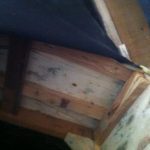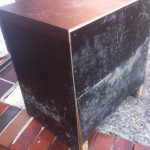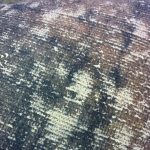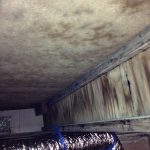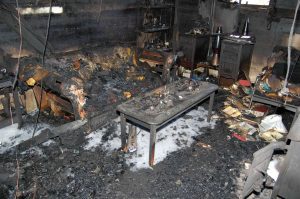The Crucial Role of Intrusive Testing in Health Investigations
In a contaminated building, surface and air testing may indicate rooms that are a possible source of contamination but will not give you the level of knowledge required to determine whether these can be linked to the occupant’s illness.
What is hidden behind walls, in cavities, bottom timber wall plates, behind kitchen cupboards, behind bathroom vanities and above ceilings, will only be known if you can undertake intrusive testing.
Next Generation Sequencing
Next Generation Sequencing can help identify problems, low levels of Stachybotrys, A.versicolor and/or Penicillium purpurogenum will point towards a hidden source that you will have to locate. NGS for bacteria where the species indicate damp conditions will also steer you towards finding a water source.
Whether it’s mould, bacteria, or other hidden sources, most individuals react to chemical exposure. Volatile organic compounds (VOCs) from mould and bacteria are chemicals, but homes also contain additional chemicals from building materials, paints, and furniture with various foams
- Elevated moisture levels are a definite indication of microbial growth, it doesn’t matter if its in the wall plaster, flooring or extreme humidity levels. Once you have located any source of moisture then you must determine what parts of the building have been affected, sampling of cellulosic materials to include wall plaster/gyprock, timber studs, bottom wall plates and if required particle board flooring.
- Visible contamination on the underside of timber tables, contamination which is greater at the base of timber legs or leather items will inform you that there is a moisture problem in the concrete floor or in a subfloor- here you need to be able to find out why there is moisture and how that can be impacted.
- There may be nothing wrong with the home but you may have brought in furniture from a contaminated home or you like antique furniture which has a level of bacteria, any contents that have been impacted by a previous home, brought second hand or you have just had a new partner with their contents, move in and maybe those contents could be sources of hidden exposures.
- Grow House or Meth Lab
A home that was used as a grow house and or a meth lab can be a source of chemicals- most insurance companies only clean surfaces and don’t remove the wall and ceiling plasters, hence you may have insulation that is heavily contaminated with the chemicals used in the meth lab. The paper face on the wall plaster will hold levels of chemicals from the grow house- if it’s being painted you would never know.
- It doesn’t necessarily mean that all health issues are directly related to mould and bacteria but could be from other chemical exposures. This can be a minefield, all on its own- cars being run in a garage which is under the home and the fumes including carbon monoxide being pumped into the occupied area above. Spray painting under the home restoring furniture and or cars, those chemicals ingressing into the home. Outside heavy use or even light use of common garden sprays like Roundup, home meth labs downstairs- there can be many reasons for chemicals impacting on occupants.
- Naturally, if there is chemical exposure as well as mould and bacteria, the body’s reaction may be far greater and simply identifying the mould and bacteria will not completely solve the total exposure which has created health concerns.
- Grow House or Meth Lab
How Health Symptoms Guide Contamination Investigations
- Endotoxin testing may be beneficial, this may be implemented after you have already undertaken bacterial species analysis if the gram-negative bacteria is high.
- Urine or blood analysis for Mycotoxins is not well understood as the Mycotoxins commonly found in dust differ from what we find in the human body so mycotoxins may come from an infection from an environmental organism or exposure is from food sources. Here if you have been found to have high levels of aflatoxins then eliminate those foods that contain grains etc from your diet then after 3 months see if you have reduced those levels.
- If there are neurological health concerns then testing for levels of Cyanobacteria is certainly worthwhile. Also determining what VOCs are in the environment and if they match with the exhaled breath of the individual. The VOCs are chemicals and if the levels in the body reflect what is the building exposure then reduction of those chemicals both in the body and the home or workplace should be undertaken. In the body, the VOCs are part of what we call bioaccumulation and that’s when your medical physician may be able to help.
Specialized Testing for Diverse Health Condition
Endotoxin testing may be beneficial, especially after conducting bacterial species analysis if gram-negative bacteria levels are high. Urine or blood analysis for mycotoxins is complex, as mycotoxins found in dust differ from those in the human body. Mycotoxins may originate from environmental organisms or food sources. If high levels of aflatoxins are detected, eliminating grains and similar foods from your diet for three months can help reduce these levels.
For neurological health concerns, testing for cyanobacteria levels is worthwhile. Additionally, identifying volatile organic compounds (VOCs) in the environment and matching them with exhaled breath samples can be crucial. If VOC levels in the body reflect environmental exposure, reducing these chemicals in both the body and the home or workplace is essential. VOCs contribute to bioaccumulation, and your medical physician can assist in managing this.
